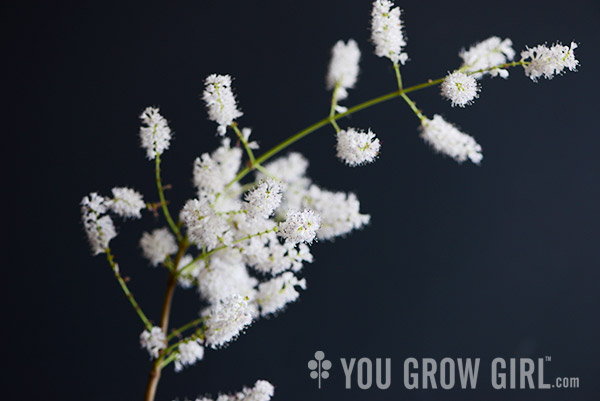
Last spring a friend with a car took me out of town to Richters Herbs, an all herb greenhouse that is about an hour or so outside of Toronto. As a non-highway driver without a car, I am always grateful for any opportunity to go out of town to a far flung greenhouse, garden centre, or garden visit. Or anywhere for that matter. I don’t care what or where it is. I want to go!
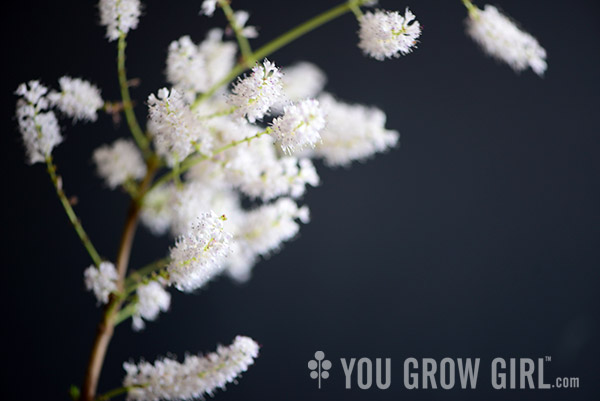
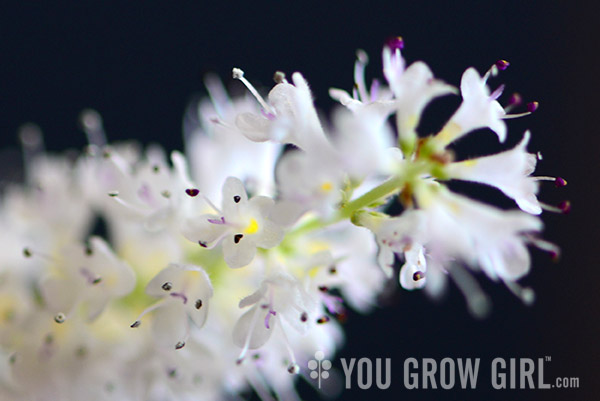
Going to Richters with a list or plan is an exercise in frustration. You never know what they will have in stock or what will be in prime shape even if it is available. I often flip through the catalogue before going and make a loose list in my head of the plants I might like to check out, but the rest is left to chance. Instead, I traipse up and down the aisles, repeatedly, running my hands over plants I know and others that I don’t. It’s an experience in olfactory overload. On the first walk through I make selections based on what was on the list and what happens to look particularly healthy that day. I often choose plants, most especially herbs, using multiple senses, and it is not uncommon for me to come upon herbs in the store that I completely missed over years of visits and catalogue viewings. What looks good in a 2-dimentional photo can be different than what looks and smells divine in real life. On the second and third (or more) walk throughs I check for things I may have overlooked the first time around and then I spend a gruelling period of time culling my choices until I hit upon a reasonable number of plants to take home. I like to leave a little bit of space for charming oddities that have no obvious purpose.
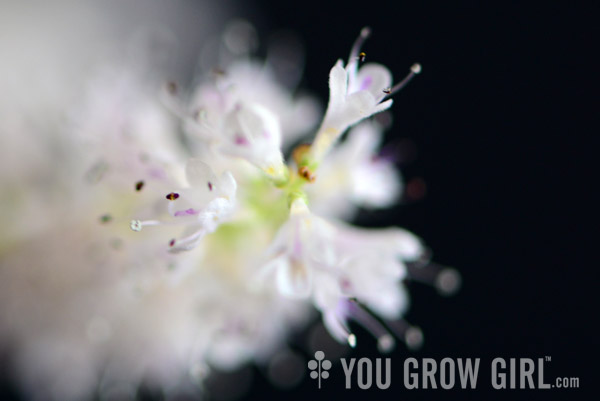
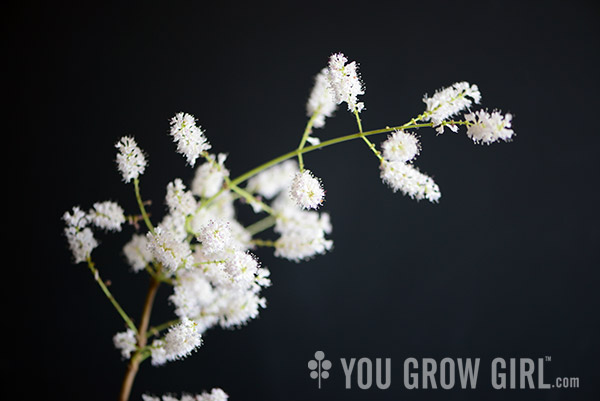
That’s what happened with Iboza (Iboza riparia). On this occasion the selection was healthy and oversized — they were tall, lush, and covered in succulent, velvety leaves. Their roots bust through the tiny seedling pots that housed them. Iboza is in the catalogue but I had overlooked it, repeatedly, probably because its use is listed as potpourri and I tend to gravitate towards plants that are edible or serve multiple purposes. [Note: some research has shown that it has medicinal properties, but given my lack of knowledge of this plant I will not go into that here.] The smell is incredible. It is heady, heavy, intoxifying, and sweet. When you rub the foliage, it leaves a thick and sticky feeling on your fingers. Its intensity reminds me of the scratch n’ sniff stickers of my youth, most especially the bad ones that nobody wanted like skunk, dirty shoe, and garbage that were supposed to gross you out, but didn’t smell like the bad thing they claimed to be. I always found myself rubbing those scents the most, searching and searching for the combination of unidentifiable funky smells that had created them. Their charm was in their weirdness. I wasn’t supposed to like them, but yet somehow I did.
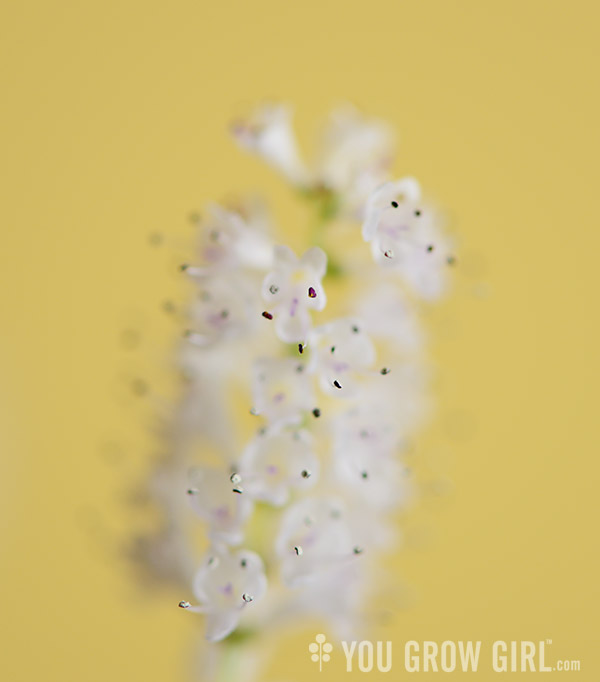
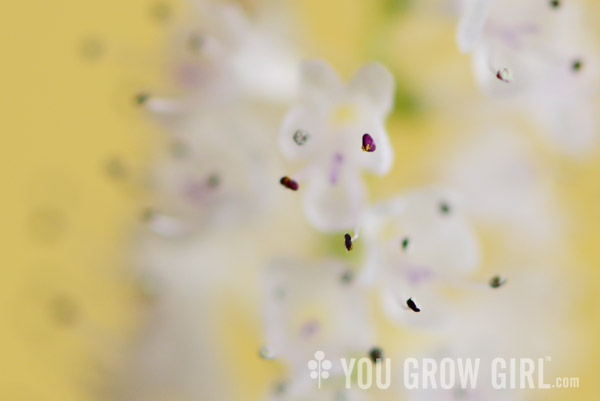
The same is true of Iboza. The blend of scents is a strange puzzle and I have smelled the foliage more times than I can count in an attempt to unlock its mystery. Even now as I write this I continue to rub my fingers over the plant that is currently overwintering in my office window, not an arms length from my desk chair. Don’t hold me to it, but for now I catch whiffs of nutmeg, musk, cloves, patchouli, ginger, and a hint of skunk spray all at once. There are other smells too, herbal, medicinal ones, but I keep coming up blank. This plant is so odd, but in the very best way.
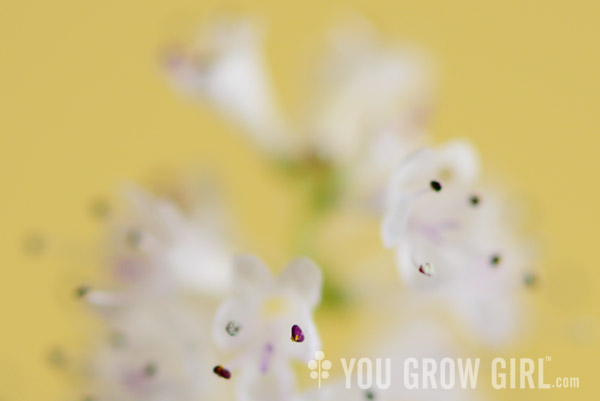
I planted my iboza in a pot and placed it in a sunny spot in my garden that got late afternoon shade. Just before the hard, killing frost, I brought it indoors and kept it in my unheated, south-facing porch until sometime in December when it got too cold and needed a warm spot. By then the plant had dropped most of its leaves and flower buds were showing. I moved it next to my sunny office window, not by choice, but convenience. The plant had grown too tall to fit underneath lights and I wanted to see it through to blooming rather than cut them off. Making space in my office window was no small feat, but I am glad it was forced because a divinely fragrant plant within reach of my desk is one of the best strategies I know of for making it through the winter. Within weeks the plant was blooming heavily, completely invading the room with foamy flowers and a sweet, sometimes not entirely pleasant smell that bore some faint reminder of the foliage but was also entirely different. It bloomed on and on for ages and when it reached its peak it was so strong that I felt uncomfortable at my desk and could even smell it from other parts of the house! Still, I was more than happy to indulge it through January when it was the only flowery thing around.
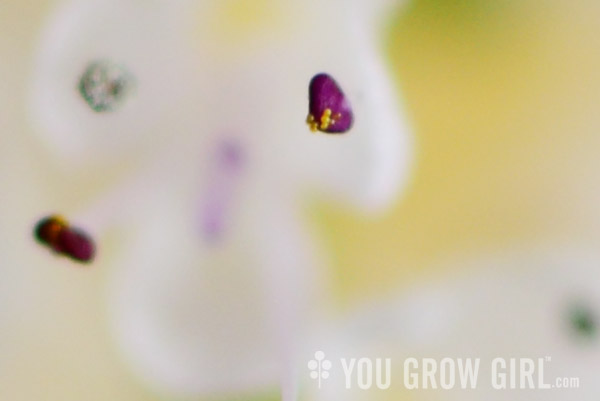
I will write more about this plant again in the future with some photos of the leaves now that they are beginning to come back.
What a delightful discovery! I really enjoy new plants, especially unusual ones that entrance me for reasons I can’t put my finger on. This is lovely.
Did someone say “8 hour road trip to the Philadelphia Flower Show”? ??
I wish. One year I’ll make it.
Wow, I have never heard of this plant, and have never seen that word in print. Cool photos. The black background is so dramatic.
My fragrant herb of the moment is a Citronella Scented Geranium which I chose at a fall Plant Swap. The tall spindly specimen was chopped up for cuttings and all 5 of them took. Then the base piece resprouted completely. It is particularly rewarding to have something so pungent at one’s disposal when nothing else is available. February is a notoriously hard month around here.
I have a terrible Pelargonium problem and always buy more than I can overwinter. It’s a struggle each winter to find space for them, but I never regret it because they are so nice to have around.
Reading this reminded me of my first experience with Holy Basil. The smell reminds me of happiness, there’s no other word for it. I love that plant. I grow it every year now, and keep a few outside the greenhouse, where I can maul them whenever I walk by. Even now I have a jar of the seed in the greenhouse (in winter) and if I rub them gently I can still smell that smell.
Holy basil is wonderful. I have grown it for years (and multiple varieties too) simply because I love the look and the smell and the pollinators love it as well. But this year I started brewing it as tea and now I drink it every day.
I found this article this morning and thought of you, Gayla. It’s Death Valley suddenly blooming with several species of desert plants.
http://www.cnn.com/2016/02/23/us/death-valley-wildflowers/index.html